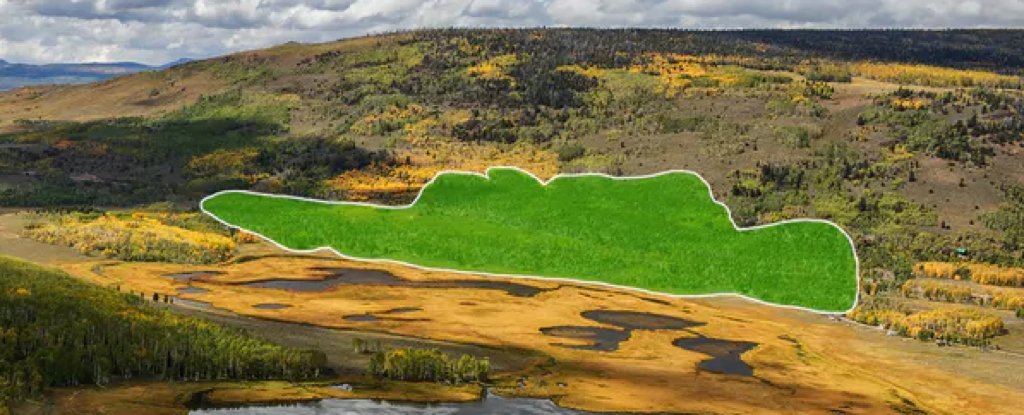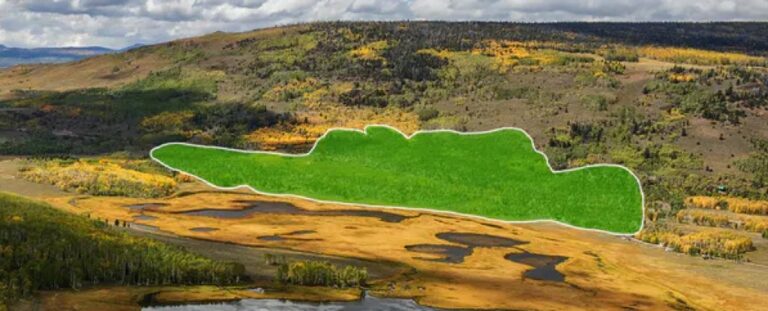
We can now hear one of the largest and most ancient living organisms on Earth whisper with the tremble of a million leaves echoing through its roots.
The forest made of a single tree known as Pando (“I spread” in Latin) has 47,000 stems (all with the same DNA) sprouting from a shared root system over 100 acres (40 hectares) of Utah.
Here, this lone male quaking aspen (Populus tremuloides) gradually grew into a massive 6,000 metric tons of life, making it the largest living organism in the world in terms of mass.
After possibly 12,000 years of life on Earth, this massive plant, whose tree-like stems tower up to 24 meters (80 feet), surely has plenty to say. And recordings released this year let us ‘hear’ it like never before.
Sound artist Jeff Rice experimentally placed a hydrophone inside a hollow at the base of a branch and threaded it down to the tree’s roots, not expecting to hear much.
“Hydrophones don’t just need water to work,” Rice said. “They can pick up vibrations from surfaces like roots as well, and when I put on my headphones, I was instantly surprised. Something was happening. There was a faint sound.”
“What you’re hearing, I think, is the sound of millions of leaves in the forest, vibrating the tree and passing down through the branches, down into the earth,” Rice explained when he presented his recordings to the 184th Meeting of the Acoustical Society of America, as reported by The Guardian.
The hydrophone also captured the thumps from tapping on a branch 90 feet away, even though that sound was not audible through the air at that distance. This supports the theory that Pando’s root system is interconnected, but a proper experimental setup would be required to confirm the sound wasn’t traveling through the soil.
Such shared root systems are common in colonial quaking aspens, but the size and age of Pando make it unique. While quaking aspens can reproduce through seeds, they seldom grow from them as pollination is rare since large aspen stands are usually only one sex, being clones of the same individual.
Friends of Pando invited Rice as an artist in residence to try and better understand this strange, enormous entity. Oditt hopes to use sound to map Pando’s tangle of roots.
“Friends of Pando plans to use the data gathered as the basis for additional studies on water movement, how branch arrays are related to one another, insect colonies, and root depth, all of which we know little about today,” said Oditt.
Sadly, this magnificent tree is deteriorating, leaving researchers concerned that Pando’s days and all the forest life it supports are numbered. Human activities, including clearing and slaughtering predators that keep down herbivore numbers, eat away at this ancient being.

